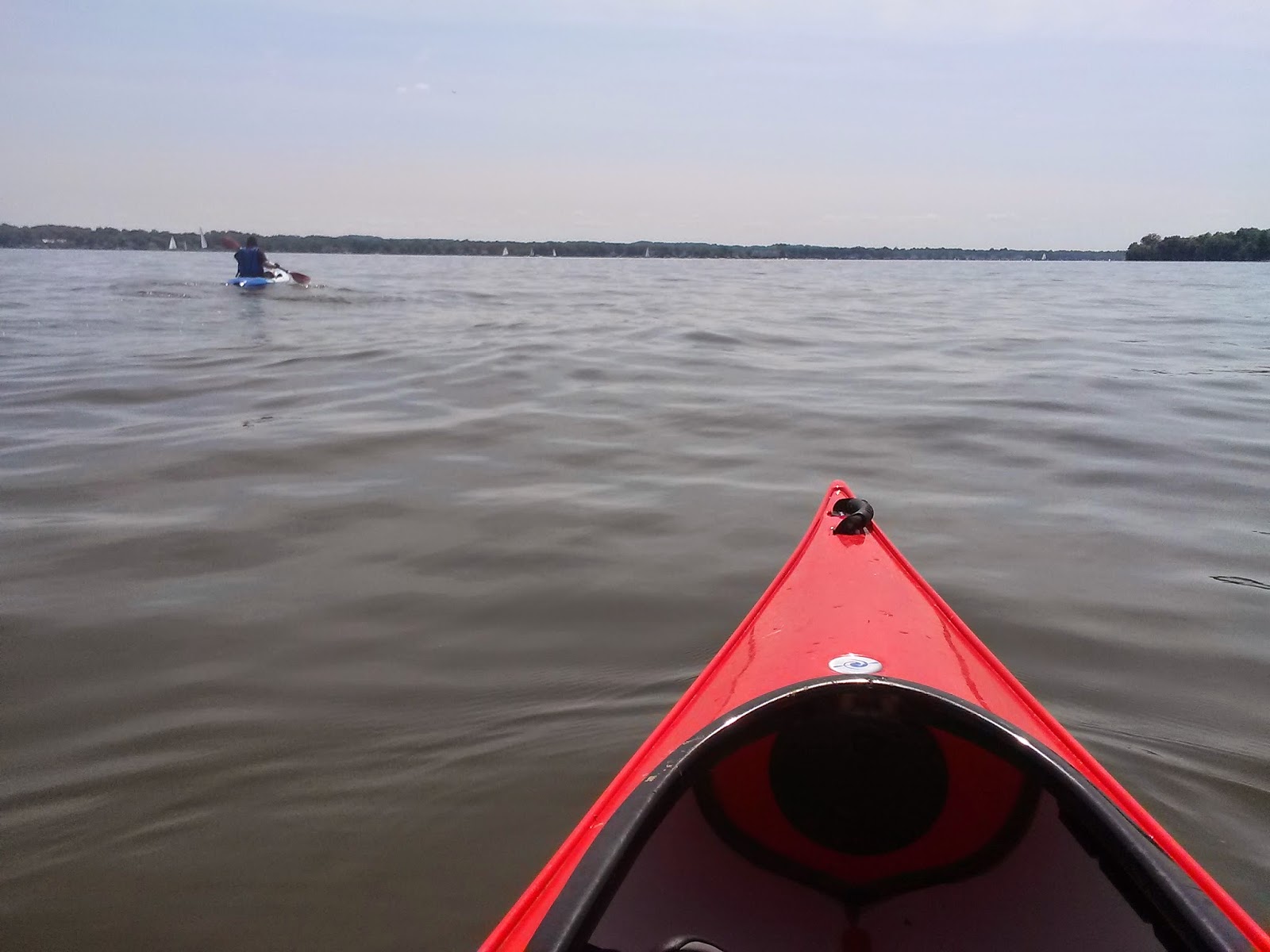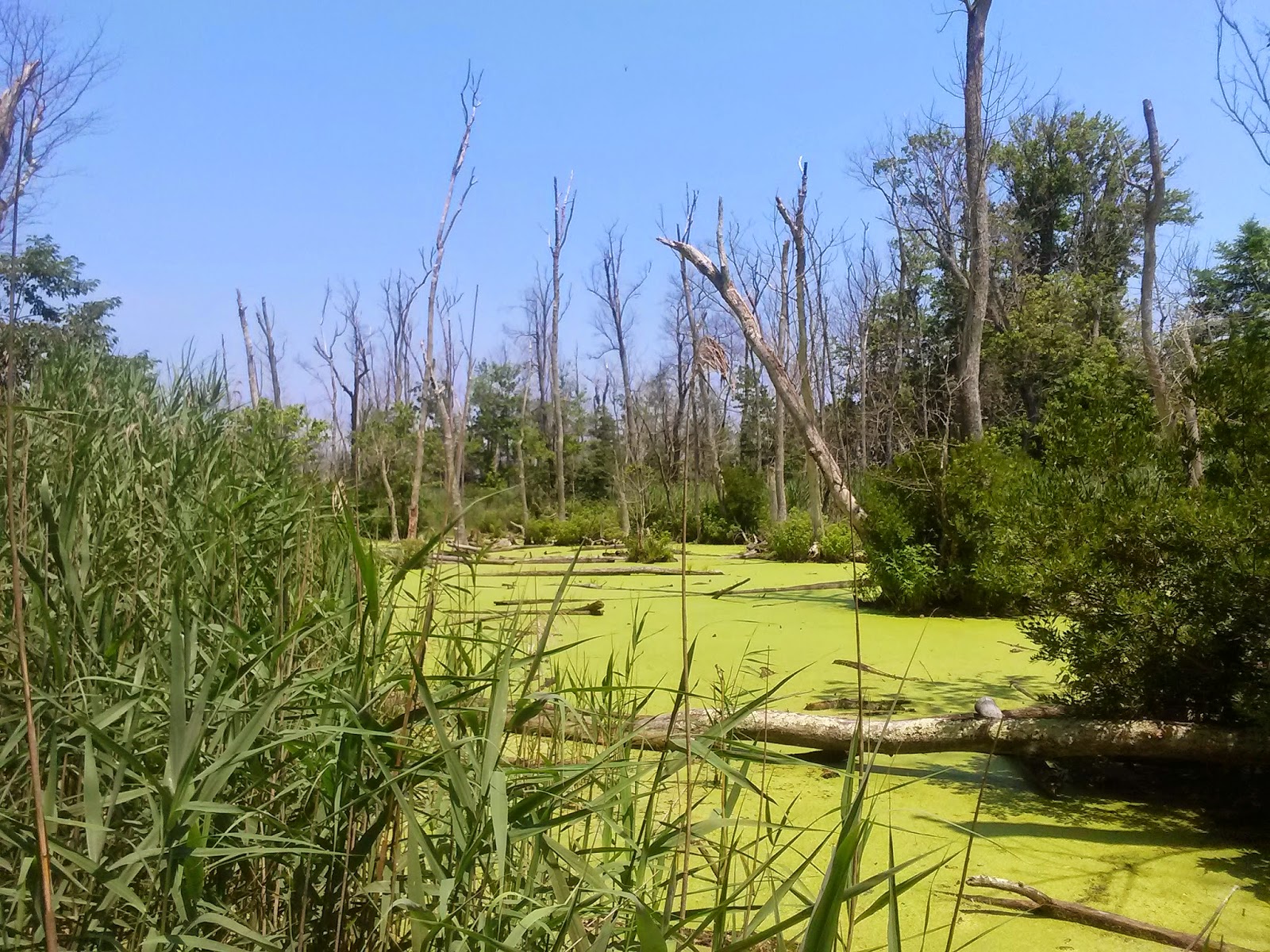After progress: Scenes of South Chicago's post-industrial landscape

Up until about the 1970s, the southern potion of Chicago was one of the largest industrial centers for steel processing and manufacturing. Over the years as companies left the region to move down south and overseas, they gradually abandoned their large factories and plants, leaving behind a parched and burnt-out landscape whose imprint has been felt and will continue to felt for years to come. My walk through Eggers Grove , a property now owned by the Forest Preserves of Cook County, was both grim and uplifting. The taint of past industry had left this landscape degraded and stale, and a stench of steel slag from a still functioning plant nearby floods the air across a post-apocalyptic landscape. Yet there are still signs of life as nature slowly makes its way back in. Clumps of little bluestem ( Schizachyrium scoparium ) can be seen arising from a gravelly substrate and the quiet calls of overwintering birds can be heard from clusters of red-osier dogwood sh...






